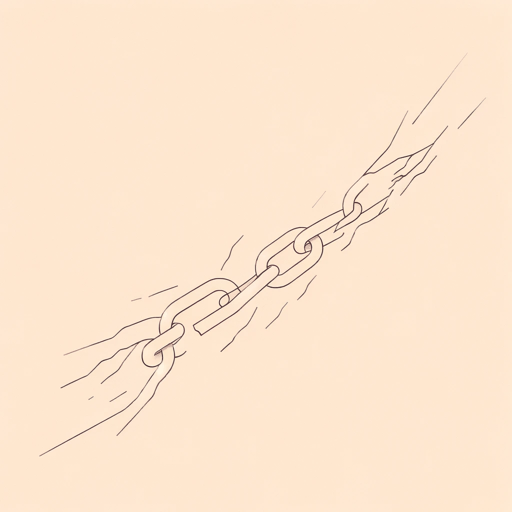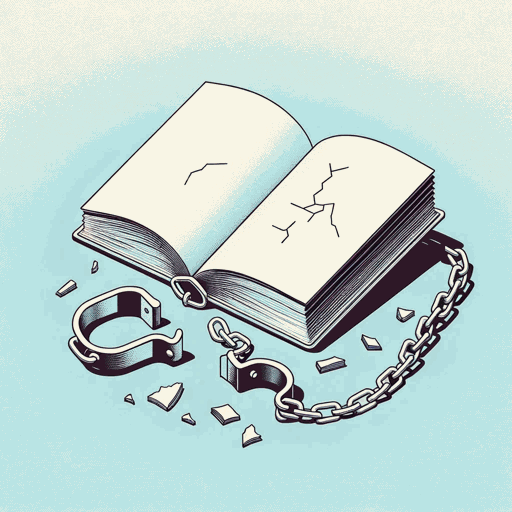61 pages • 2 hours read
Frederick DouglassNarrative of the Life of Frederick Douglass
Nonfiction | Autobiography / Memoir | Adult | Published in 1845A modern alternative to SparkNotes and CliffsNotes, SuperSummary offers high-quality Study Guides with detailed chapter summaries and analysis of major themes, characters, and more. For select classroom titles, we also provide Teaching Guides with discussion and quiz questions to prompt student engagement.
Summary and Study Guide
Overview
Narrative of the Life of Frederick Douglass is an autobiography by Frederick Douglass that was first published in 1845. Douglass escaped from slavery in 1838 and became a prominent abolitionist, orator, and writer. His autobiography describes his experiences under slavery and his eventual freedom. The book was widely read and influenced public opinion in favor of the abolition of slavery. It remains one of the most read memoirs from the antebellum period. The autobiography includes a Preface by William Lloyd Garrison and a letter from Wendell Phillips addressed to Douglass.
Content Warning: This guide discusses slavery, racist abuse and violence, and sexual abuse. The source material uses outdated language and racial slurs. This guide quotes and obscures the author’s use of the n-word.
Summary
Frederick Douglass was born into slavery in Tuckahoe, Maryland, in approximately 1817. His mother was an enslaved woman named Harriet Bailey, and his father was unknown but believed to be his first enslaver, Captain Aaron Anthony. Douglass’s childhood was shaped by slavery, and he witnessed the brutality of the plantation. His first enslaver, Captain Anthony, was employed by Colonel Edward Lloyd, who had a large property. Anthony’s family included his sons, Andrew and Richard, and his daughter, Lucretia, who was married to Captain Thomas Auld. Lloyd was a cruel and harsh disciplinarian. When Douglass was seven or eight, he was sent to Baltimore to work for Mr. Hugh Auld, Thomas Auld’s brother. Hugh was married to a woman named Sophia, who was kind and taught Douglass to read until Hugh intervened, stopping Douglass’s education. However, Douglass continued learning to read and write on his own, believing education to be the path to freedom. Douglass worked for the Aulds for seven years, and he committed to running away when he was older. When Anthony died, Douglass returned to Lloyd’s plantation to be evaluated as “chattel.” Lucretia “inherited” Douglass, and he was sent back to Baltimore.
After Lucretia died in 1832, Douglass was sent to live with Thomas Auld and his new wife in St. Michael’s, Maryland. Thomas was cruel and believed that Douglass was impudent, so he sent Douglass to work for Edward Covey, a sadistic farmer well known for breaking the spirits of enslaved people. Douglass’s spirit was broken by the work and by Covey’s cruelty, until Douglass fought back against Covey, which stopped his whippings. After a year with Covey, Douglass was hired out to William Freeland, who Douglass portrays as more humane. Douglass planned an escape with four other enslaved people, but their plan was betrayed, and Douglass was sent to jail.
Thomas Auld sent Douglass back to Hugh Auld in Baltimore, where Douglass worked in the shipyards and learned how to caulk, for which he earned a good salary. For a few months, Hugh allowed Douglass to hire his labor out, but he later revoked this permission. Douglass planned another escape, and in September 1838, Douglass successfully escaped to the North. He traveled to New York, where he wed a free woman named Anna. They moved to New Bedford, where Douglass was shocked by the prosperity in the North. Douglass began reading The Liberator, an abolitionist newspaper that brought him to an anti-slavery convention in 1841. Douglass’s well-received speech there launched his career as an orator and writer for the abolitionist cause.
Related Titles
By Frederick Douglass




